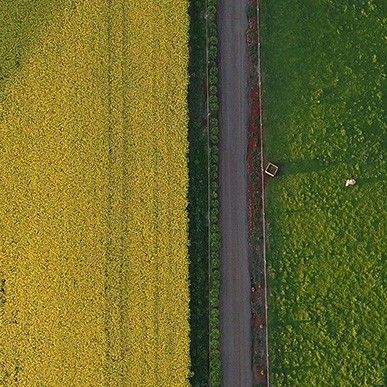Action cannot be delayed any further. What Australia and the world does over the next decade will determine the short and long term consequences of climate change on our lives. Climate solutions will be science led. In the lead up to COP26 — the United Nations Climate Change Conference — explore the Australian Academy of Science’s work on climate science and solutions.
The Academy publishes a wide range of interesting videos and articles, including climate change information.
|
Video Why are massive ocean currents slowing down? |
Article 
Australian agriculture and climate change: a two-way street |
The Academy publishes reports and strategies to build the information base about the whole science sector and specific disciplines, or that are about the importance of science to all Australians.
The Academy’s international activities regarding climate change involve facilitating Australian participation in global earth systems research programs and related policy formation. For example, we are the Australian member of more than 30 international organisations that cover the breadth of science, many of which contribute to climate research and climate change mitigation.

Future Earth Australia, based at the Australian Academy of Science, is a national initiative that enables Australian researchers, governments, industry, peak bodies and civil society to connect and collaborate on sustainability transitions. It is a national node in the global Future Earth network, which works under the auspices of the International Science Council. Much of its work includes consideration of climate change impacts, mitigation and adaptation.

The Academy has 22 National Committees for Science, each of which is widely representative of its discipline. Climate change features in the work of several committees, including those for Geographical Sciences; Agriculture, Fisheries and Food; and Earth Systems Science, which has produced the strategic plan ‘To live within Earth’s limits’ and held conferences on the topic of sustainability and climate change.
© 2025 Australian Academy of Science